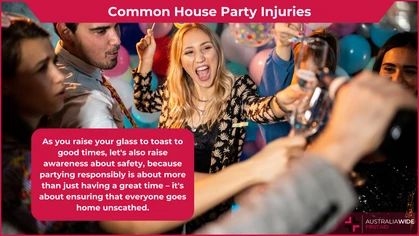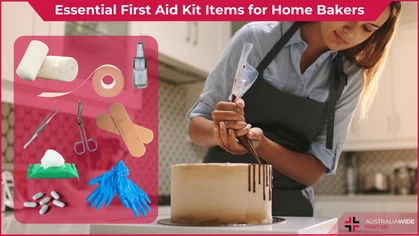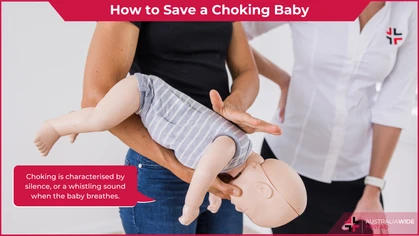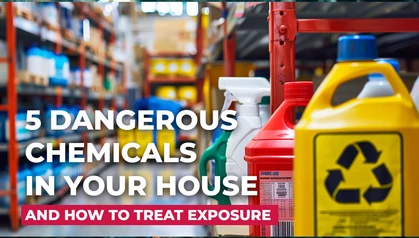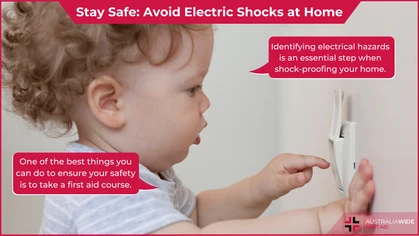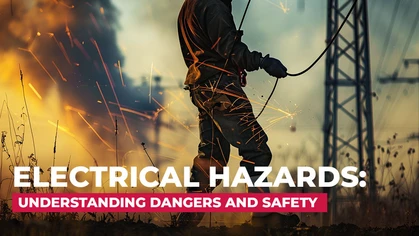Preventing Accidents in the Home

Danger
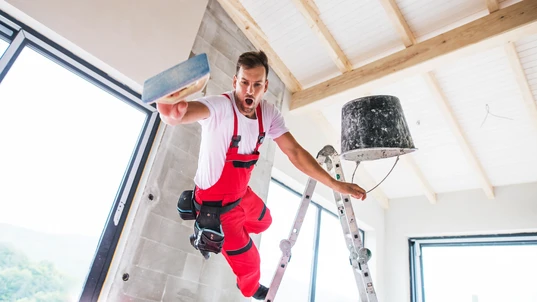
9 Australians a day are admitted to hospital for DIY injuries. Almost 80% are from falls (eg from ladders) or while using tools and machinery.
More than half (54%) of all emergency department presentations are for injuries that have occurred in the home. Every year, more than 150,000 Australian children end up in hospital emergency after being injured in their own homes. 350 child deaths from incidents in the home. More than half of all injuries to children occur at home. In Victoria alone, there were 57,000 child injuries at home each year, from 2012 to 2014. Injury has now replaced disease as the biggest single cause of death to Australian children. Accidents in the home also takes a toll on the elderly, with falls in their own residence accounting for 72% of all seniors who were hospitalised after a fall. This is according to the Trends in Hospitalisations Due to Falls by Older People report, published by the Australian Institute of Health and Welfare. The Australian Institute of Health and Welfare also reported on the danger of do-it-yourself (DIY) home renovations. Close to 4 in 5 DIY injuries result from falls (for example, from ladders) or while using tools and machinery. This leads to hospital treatment for up to 3,300 people a year. The injured are predominantly male, most frequently between the ages of 55 and 74. Thankfully, there are ways to prevent many such dangers in the home. Here are 8 of them.1. Eliminate tripping hazards
Items strewn across your floors of your home can become tripping hazards. These objects include toys, balls, shoes, books, loose rugs, other small objects, electrical cables and extension cords. Store them safely.2. Rails on stairs & balconies
Install safety rails and guards to elevated places that present potential fall hazards to children and elderly individuals. If vulnerable individuals accidentally stumble, these barriers will prevent them falling. Adding hand rails to staircases will also provide assistance to those who need it, ascending or descending.3. Contain chemicals & poisonous substances
Another cause of household injury, especially among young children, is poisoning. Cleaning chemicals, pesticides, and medicines can be toxic. To prevent accidental ingestion, secure them in a cabinet or a container that can be locked or child-proofed.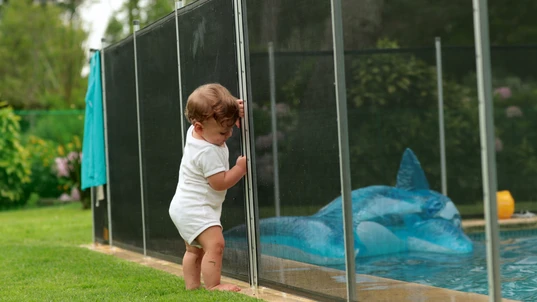
Your fence and self-locking gate should meet <i>Australian Standard AS:1926</i>
4. Fence the pool
It’s a legal obligation to fence the backyard pool. Young children and elderly family members could find themselves in serious trouble and preventing them from possibly drowning is worth every cent and more. Your fence and self-locking gate should meet Australian Standard AS:1926. It’s also wise to never leave vulnerable individuals unsupervised around pools or other bodies of water around your home for any length of time.5. Brace heavy items
Crushing accidents are another common cause of injury. Heavy objects in the home can topple. Prevent this by bracing televisions, bookshelves, wardrobes, closets and tall appliances to the nearest wall. Flat-screen TVs, in particular, should be secured to the wall behind them. Their thin profile and heavy components make them easy to tip over. Make sure heavy objects are not being stored on high shelves. Aside from being precarious, the object can be out of easy reach and fall or roll off to cause an injury.6. Light up at night
Make sure key areas in your house are well-illuminated. These areas include room entrances, stairs, outdoor walkways, and corridors. This helps prevent children and seniors in your home from tripping or falling as they navigate the home at night.7. Learn first aid
First aid training will equip you with the skills and knowledge to attend to injuries or emergency situations that might arise in the home. Make sure you get your first aid training from a nationally accredited training organisation. Australia Wide First Aid offers courses in locations all over Australia, covering all the days of the week. If you have children in your care, the Child Care first aid course covers responding to emergencies and injuries involving young children.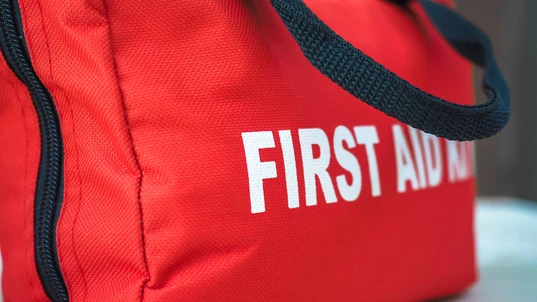
8. Keep a well-stocked first-aid kit
Keep a well-stocked first-aid kit in a cool, dry spot in your home, easily accessed but away from children’s reach. This resource will prove invaluable when treating most of the injuries that can result from accidents within the home. Make sure the supplies in your kit are refreshed regularly, even if they’re not being used. This will prevent complications if medicines or tools are past their use-by date.In conclusion
Just because you’re home doesn’t mean you’re insulated from danger. The more vulnerable – specifically children, the elderly, the disabled – need to be carefully considered. Keep yourself and your loved ones safe from common household accidents and injuries by implementing the measures listed above. A safer home is a happier home.
Originally published at
https://www.australiawidefirstaid.com.au/resources/a-step-ahead-of-accidents-at-home
as part of the Australia Wide First Aid Articles Library



